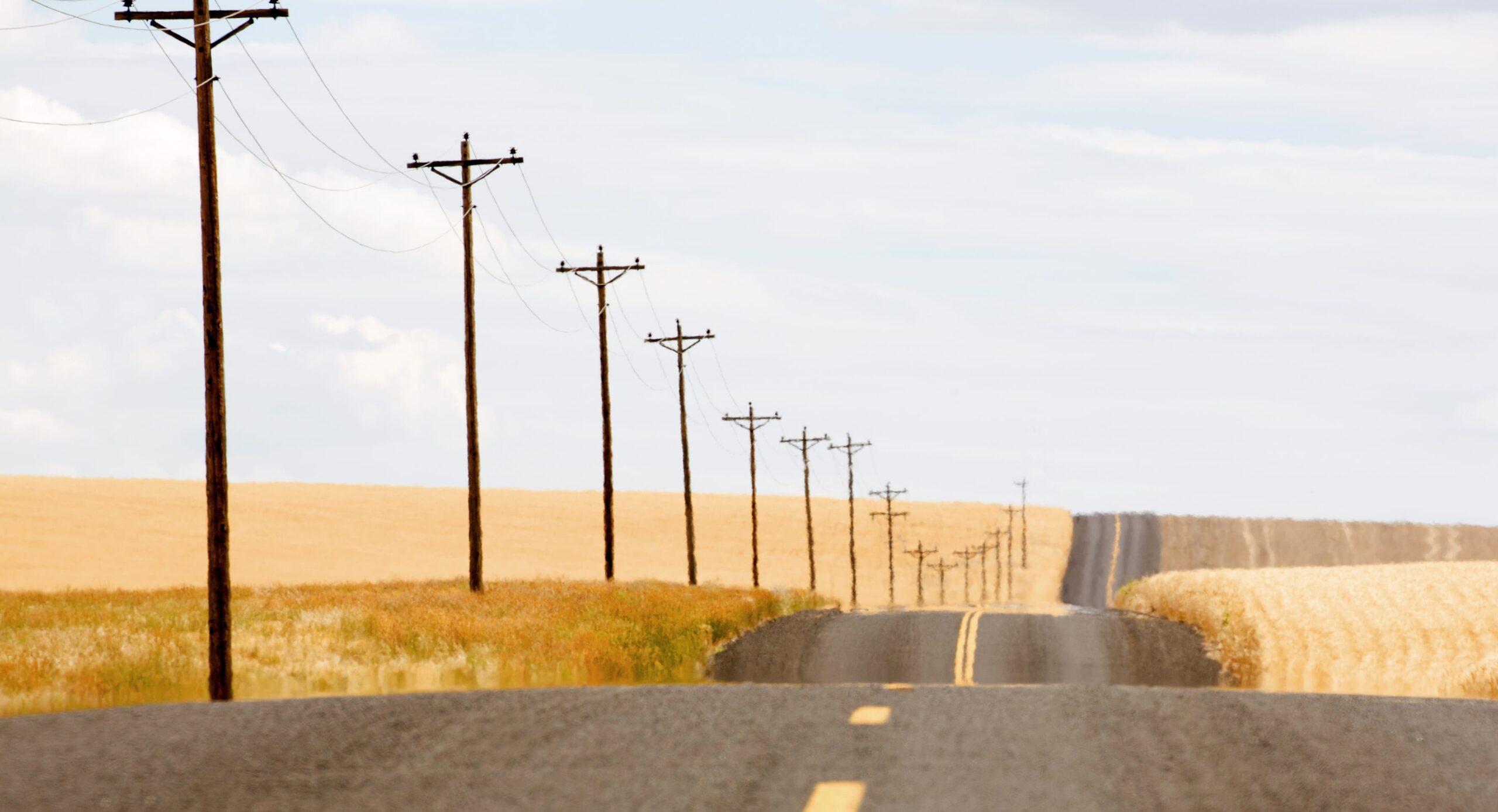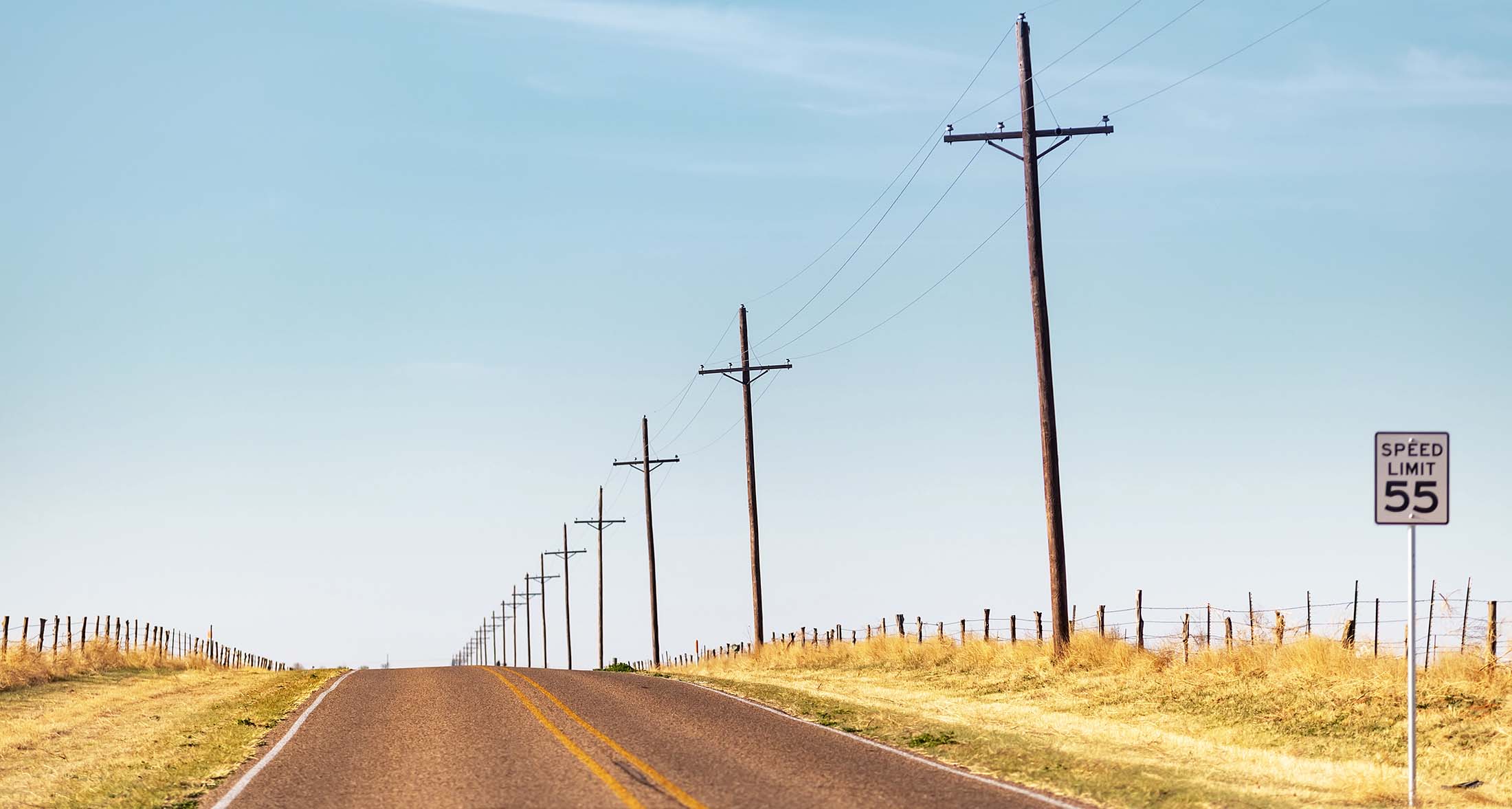Wildfires are among the most destructive natural disasters, leaving a trail of devastation that impacts homes, wildlife, and entire communities. Yet beyond the visible toll, wildfires pose a substantial risk to critical infrastructure - particularly utility assets such as power lines and utility poles. The rising frequency and severity of wildfires, driven by climate change, make it essential for utility companies to adopt proactive strategies to protect their infrastructure and ensure uninterrupted service.
Utility poles, whether made of wood, steel, or composite materials, are constantly exposed to environmental elements. When utility poles are damaged or destroyed by wildfires, the consequences ripple far beyond the immediate area: power outages, compromised communication networks, and expensive repair work. A single utility pole failure can trigger widespread disruptions across entire grids, endangering both public safety and the reliability of essential services.
Protecting utility infrastructure against wildfires is not simply about replacing damaged poles; it’s about preventing these disasters in the first place. For utility companies, wildfire mitigation is key to avoiding outages, costly repairs, and, in some cases, saving lives. In regions prone to wildfires, uninterrupted power is essential for emergency services, medical devices, and communication systems.
A comprehensive fire prevention strategy can dramatically reduce the risk, helping utilities maintain continuous service while protecting the communities they serve.
Understanding fire risk is the first step in mitigation. Utility companies can use advanced satellite data, artificial intelligence, and fire behaviour models to create detailed wildfire risk maps. These maps identify high-risk areas and help prioritize infrastructure protection. Incorporating early detection systems - like infrared cameras, drones, and ground sensors - enables companies to detect and respond to wildfires in their early stages, before they can spread.
One of the simplest and most effective ways to mitigate wildfire risk is through vegetation management. Trees, brush, and other flammable vegetation around utility poles and power lines can act as fuel for fires. By maintaining defensible space around these assets, companies can significantly reduce the risk of fire spreading to critical infrastructure. Regular maintenance to remove overgrown vegetation is crucial, especially during peak fire seasons.
Utility companies can strengthen their fire resilience by using fire-resistant materials. Retrofitting wooden poles with fire-retardant coatings or wraps can protect existing infrastructure without the expense of replacing poles with steel or composite alternatives.
A breakthrough in wildfire mitigation for utility poles is the Polesaver Blaze-Guard™ Fire Fabric. This fire-retardant material is specifically designed to protect wooden utility poles from wildfire damage. Blaze-Guard wraps around the pole, creating a shield that prevents ignition even in intense fire conditions. This innovative product is cost-effective, easy to install, and proven in large-scale applications to have the capacity to withstand multiple fires.

Polesaver Blaze-Guard™ Fire Fabric offers a highly effective and efficient way for utility companies to safeguard their assets and minimise wildfire risks, helping to ensure the reliability of power grids in fire-prone regions. Blaze-Guard provides numerous benefits for utility companies:
Blaze-Guard has been rigorously tested to protect wooden poles in high-intensity fire situations, offering a reliable layer of defence.
Compared to replacing wooden poles with fire-resistant alternatives like steel, Blaze-Guard provides an affordable solution that prolongs the lifespan of existing assets.
The fire fabric is easy to install without the need for specialised tools, making it practical for large-scale application.
By protecting wooden poles, utility companies can reduce the environmental impact associated with manufacturing and installing new poles.
As climate change continues to intensify the frequency and severity of wildfires, utility companies must take a more proactive stance on wildfire prevention. The cost of inaction is too high, not only in terms of financial loss but also in terms of public safety and infrastructure reliability.
Proactive wildfire mitigation strategies, such as risk mapping, vegetation management, and fire-resistant materials like Polesaver Blaze-Guard, are essential to safeguarding critical infrastructure. By investing in these solutions, utility companies can reduce their vulnerability to wildfires, protect their assets, and ensure the continuous provision of power and services when communities need them most.
Polesaver has been dedicated to extending the life of wooden poles for over 30 years, and is used in over 30 countries worldwide. Get in touch to speak to one of our team, or schedule a TEAMS call for you and your staff for more information.



This site is protected by reCAPTCHA and the Google Privacy Policy and Terms of Service apply.